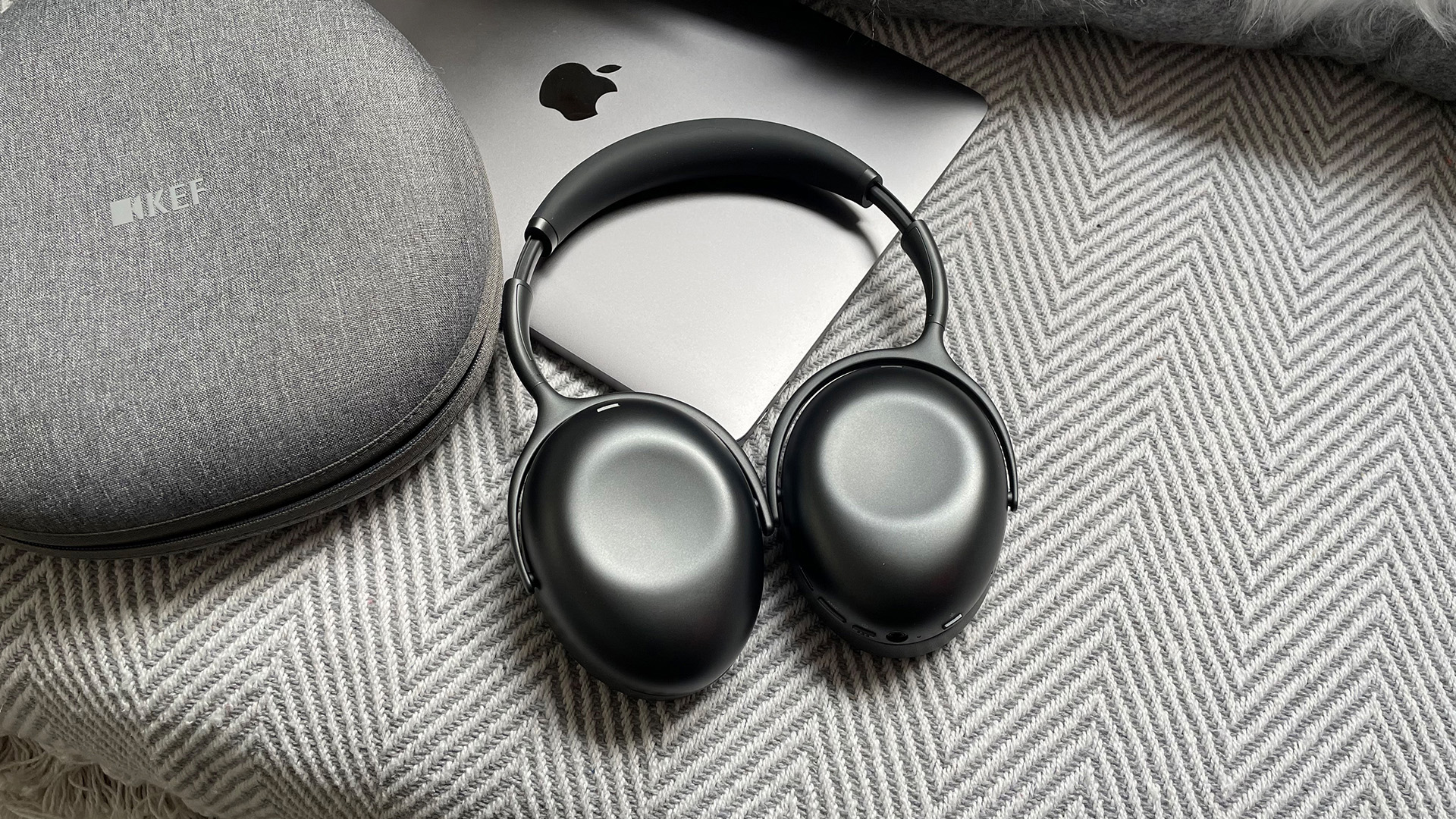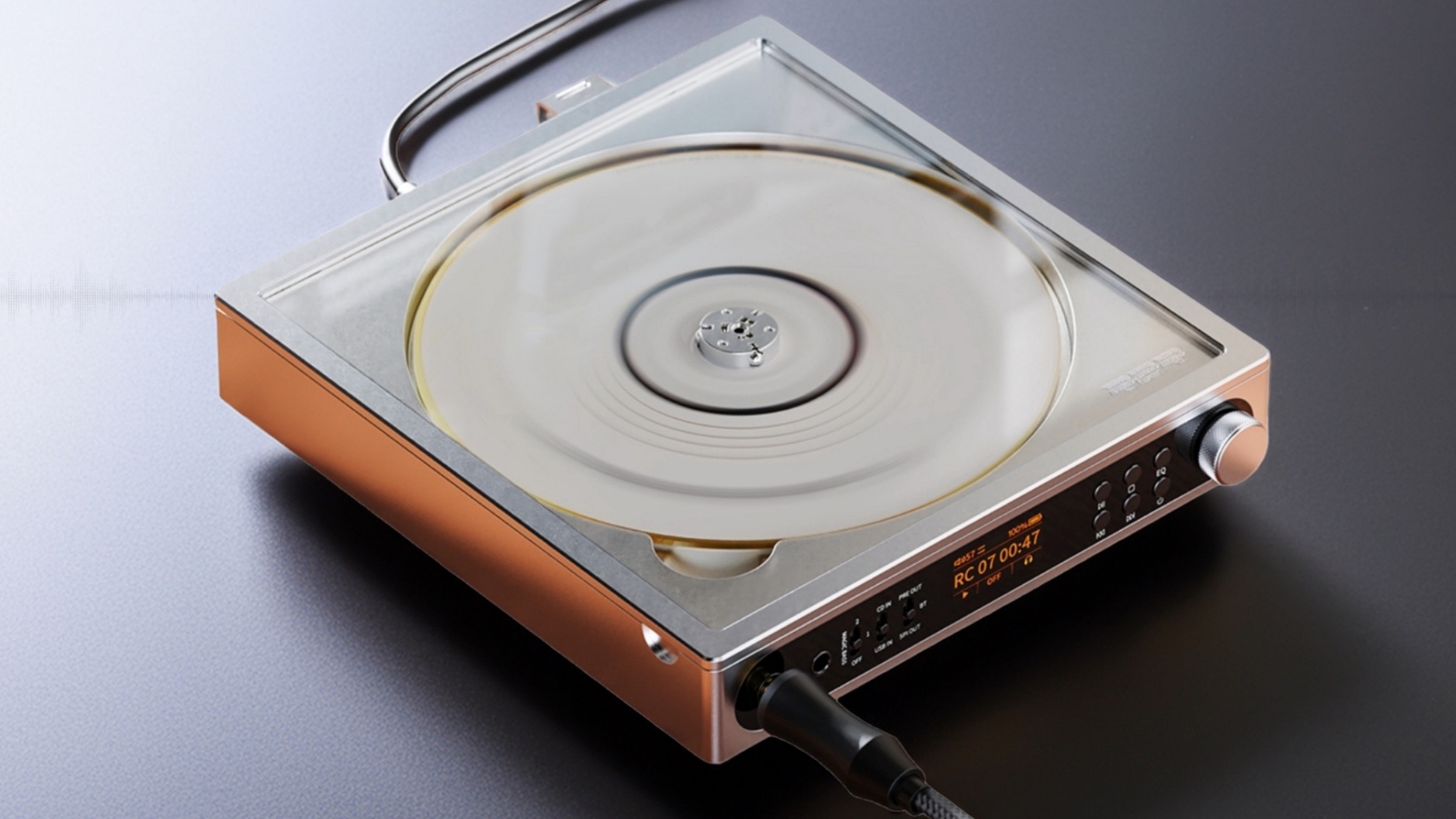What Hi-Fi? Verdict
We had high hopes for the KEFs, but sonically they’re just not up to the standards we expect from the brand
Pros
- +
Solid build
- +
Comfortable
- +
Tonally balanced
Cons
- -
Bland sound
- -
Lack drive and dynamics
- -
Rivals sound better
Why you can trust What Hi-Fi?
KEF is one of a handful of traditional loudspeaker manufacturers who have tried to make inroads in the headphones market in recent years.
It’s a tough assignment, and, to be honest, you’d forgive the company for concentrating more on its excellent, modern, all-in-one hi-fi solutions such as the five-star LSX II and LS60 Wireless and giving premium wireless headphones like the KEF Mu7 a swerve.
It makes perfect sense though, as KEF already has the Mu3 true wireless earbuds so an over-ear pair completes the family. However, there’s serious competition from the likes of Bose, Sennheiser and Sony to contend with, all of which boast useful tech, impressive noise-cancelling and sound quality straight out of the top drawer.
But here they are, the KEF Mu7. Their job? To make some noise, cancel some out, and make an impact in an ultra-competitive market. Do they manage it, or do they struggle to be heard?
Price
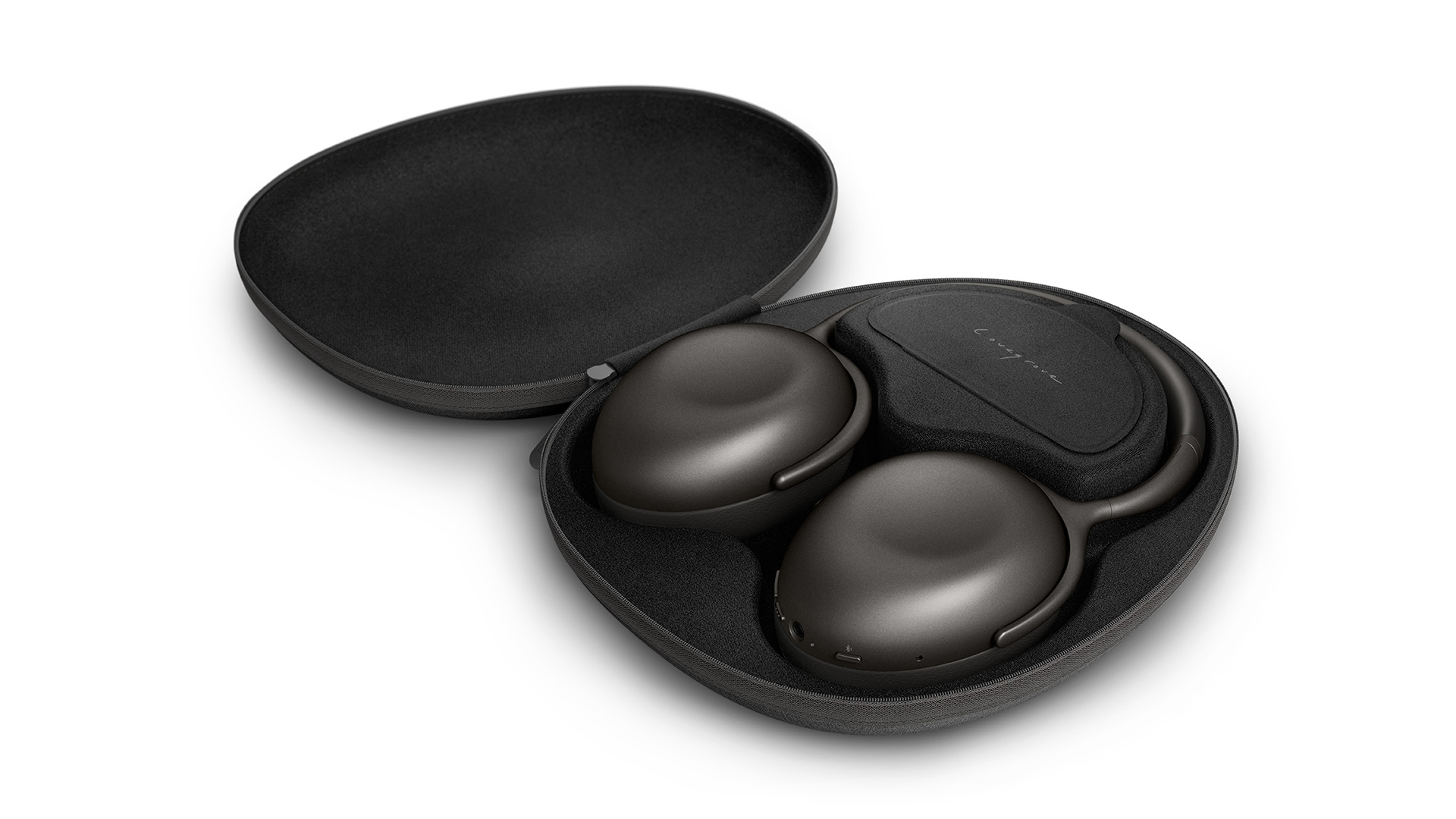
The KEF Mu7 are premium wireless headphones and they’re priced to match at £350 / $400 / AU$535. This puts them right in the midst of some of the best noise-cancelling headphones we have tested, including the Sony WH-1000XM5 (£380 / $399 / AU$550) and the Sennheiser Momentum 4 Wireless (£300 / $350 / AU$550).
Design
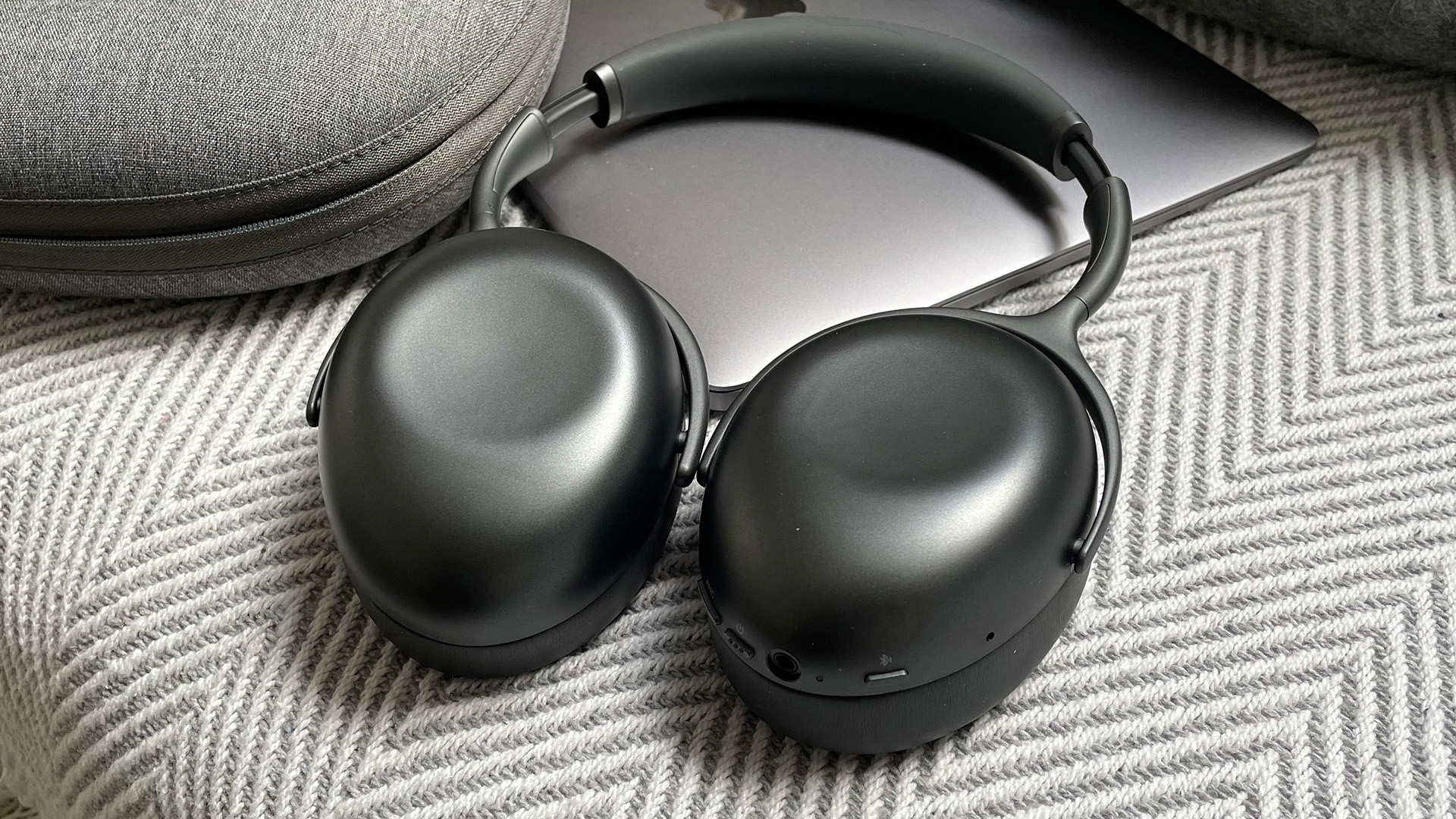
It can be tough to make your headphones stand out from the crowd, so to give the Mu7 greater shelf appeal, KEF has once again collaborated with designer Ross Lovegrove. His fingerprints can be seen on past KEF products such as its Muon floorstanding speakers, Muo wireless speakers, and Mu3 wireless earbuds – and you can immediately see his influence on the Mu7.
And in our opinion, the result is a distinctive-looking pair of over-ears. The headphones have a liquid metal vibe and feel about them. The teardrop shape of the earcups looks refined and sophisticated, while the smooth surfaces are nice to the touch.
The latest hi-fi, home cinema and tech news, reviews, buying advice and deals, direct to your inbox.
The headphones boast a fold-flat design, similar to that of the Sony WH-1000XM5, so perhaps not the most portable but still relatively simple enough to slide into a rucksack. They come with a carry case which we wouldn’t exactly describe as small, but that’s the price you pay for this kind of design.
The KEF Mu7 are solidly built, though. The aluminium casework feels robust and premium, which is just what you want from headphones at this price point. The arms that attach the headband to the earcups don’t feel flimsy and they also allow for a good amount of movement, so you can get the 40mm full-range drivers angled properly and fit over the whole of your ear without any gaps where sound can leak out and noise can leak in.
Attached to each cup are leatherette memory foam earpads which feel soft and comfortable. The clamping weight is a little more forceful than a rival like the Sony XM5, but they do feel secure, and our ears didn’t warm up too quickly during longer listening sessions.
They are also heavier than the Sonys (309g vs around 250g), and they feel it. You’re a bit more aware of their presence on your head but they’re not an uncomfortable fit by any stretch.
You have a couple of finishes to choose from: the Silver Grey of our review sample or Charcoal Grey.
Features
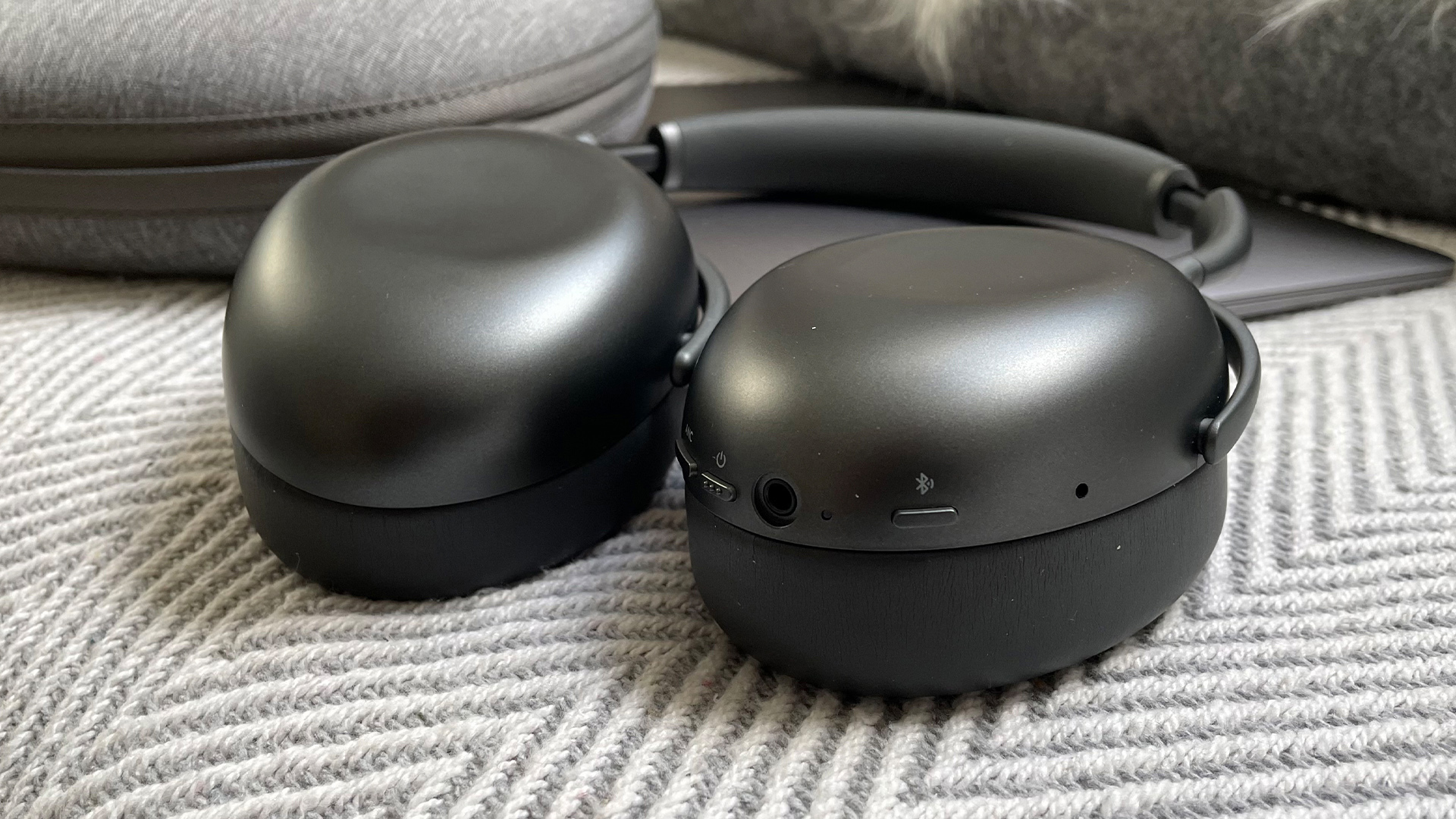
If you were expecting a long list of features similar to rival pairs of headphones such as the Sony WH-1000XM5, Bose Noise Cancelling Headphones 700 and the Sennheiser Momentum 4 Wireless, the KEF Mu7 are a bit of a mixed bag.
A lot of the basics are competitive, such as the claimed 40 hours of battery life (with ANC and Bluetooth switched on). The headphones use the Bluetooth 5.1 standard and support SBC, AAC, aptX and aptX HD Bluetooth.
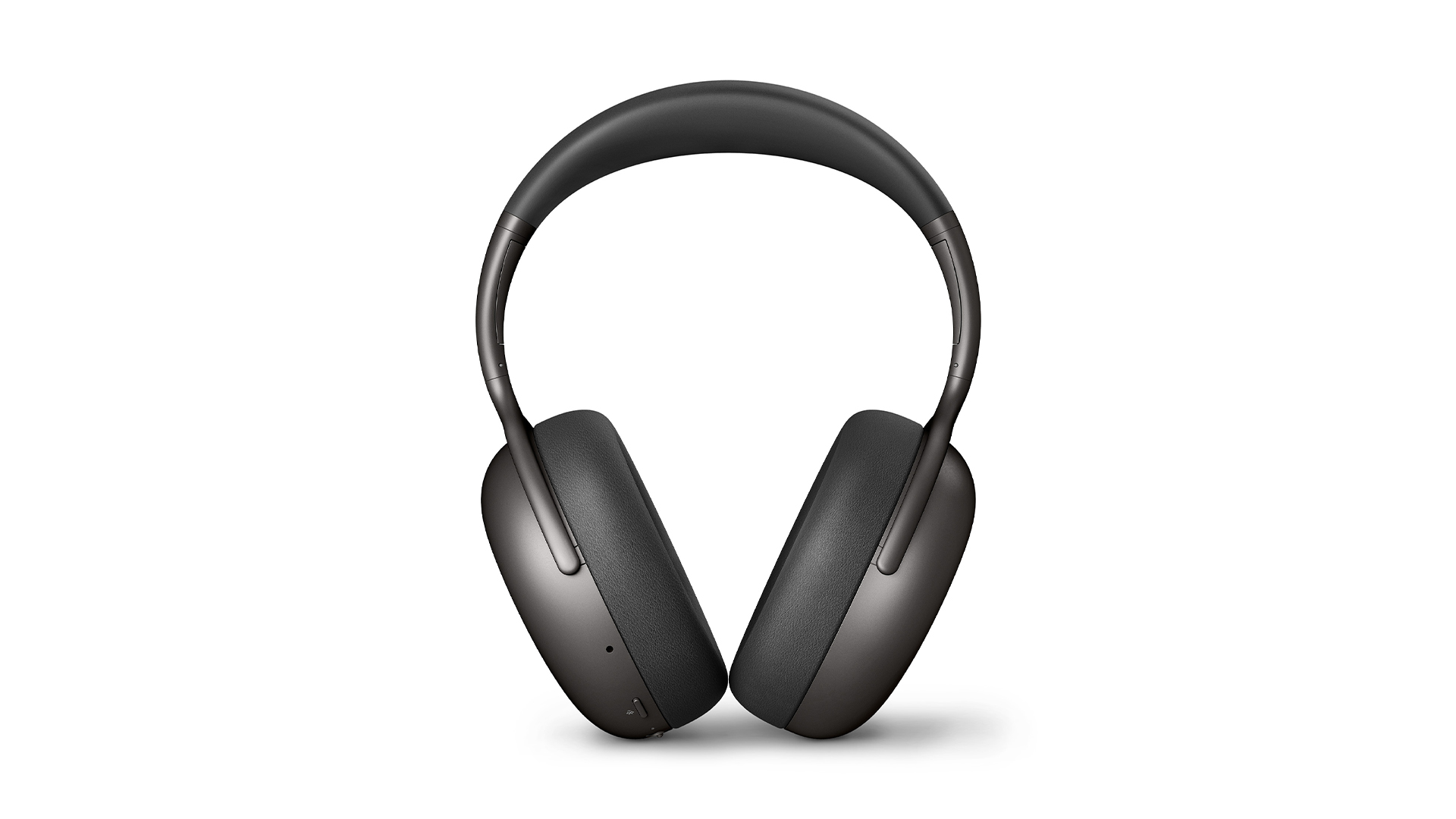
Bluetooth SBC, AAC, aptX, aptX HD
Battery life 40hrs
Charging USB-C
ANC? Yes
Transparency mode? No
Built-in mic and controls? Yes
Finishes x2 (Silver Grey, Charcoal Grey)
Weight 309g
Touch controls are accessed via the concave surface of the right earcup. Tap on the centre to pause and play, swipe up and down for volume, and left and right to skip tracks. To their credit, the KEFs are swift to respond, with the curved surface working well to help guide your finger along the desired path.
On the edge of the earcup you also have access to buttons for noise-cancelling, power and Bluetooth pairing. The KEFs earn a bonus point for the speed at which they connect to your sources. Multipoint Bluetooth is supported so you can be paired to two devices at once and it works well through the KEFs. They’re satisfyingly quick to confirm they’re connected to two sources and the voice prompt makes the connections to “device one” and “device two” nice and clear.
However, a couple of the features we’ve come to expect from premium wireless headphones like the KEFs are missing.
There’s no transparent mode which allows you to have a conversation while wearing them and there’s no automatic pausing when you either lift an earcup or remove them from your head. They don’t sound like major problems, but when you’re used to experiencing them on rival products it’s surprising how much they can elevate the user experience when executed correctly.
Surprisingly, there’s also no accompanying app so your customisation options are limited, e.g. there’s no equaliser to adjust sound or alter the ANC, should you be someone who likes to tinker with the out-of-the-box settings.
Noise cancelling & call quality
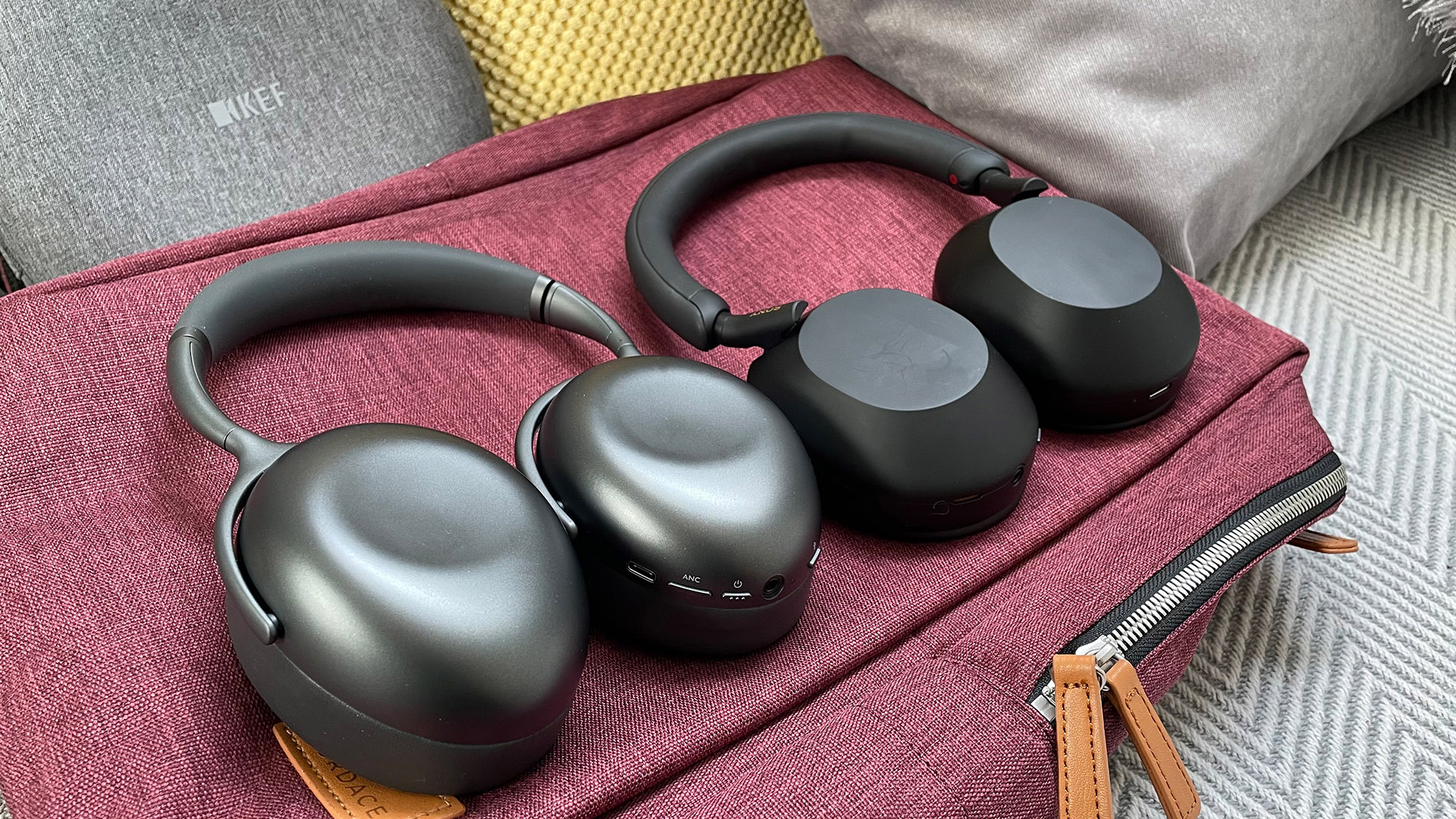
KEF's ANC party piece is Smart Active Noise Cancellation – the headphones use an algorithm to target certain frequencies to cancel out based on your environment. You can also have noise-cancelling switched to ‘on’ without the smart element, although we’re not sure why you wouldn’t just want the best and most accurate mode on all the time. Despite the slightly confusing approach, the headphones do a good job of cutting out background sonic clutter and cancelling out the most intrusive frequencies from our office’s over-enthusiastic air conditioning. However, we still think the Sony XM5 have the edge in this department.
Clear Voice Capture (cVc) claims to help create “a better environment for hands-free conversations by isolating your voice and reducing other sounds picked up over the microphone”. During testing, we noted they do give a sense of fullness to your voice which makes it sound natural and easy to track what you’re saying. We did also note that they do let in a little bit more background noise than the Sony XM5.
Sound
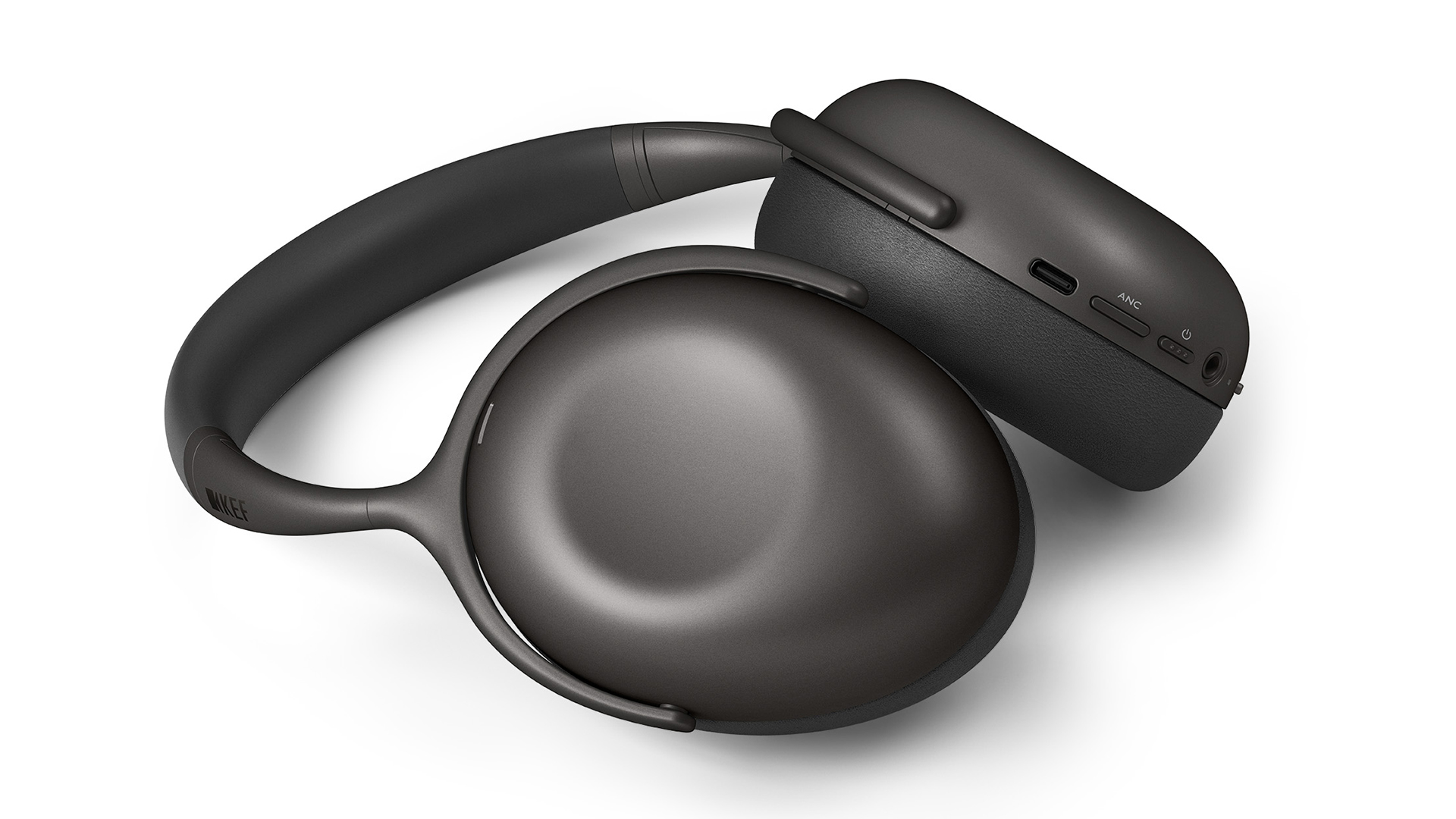
KEF’s pedigree as a loudspeaker manufacturer is unquestionable, but has this helped them produce a pair of wireless headphones capable of going toe-to-toe with the very best?
They’re certainly a crisp-sounding pair of headphones. There’s a decent amount of space around instruments and vocals. Detail levels are fine for the money, and tonally they’re pretty well-balanced with no end of the frequency spectrum favoured over the other. Low frequencies are lean and agile, which you’d think would help deliver a dynamic, lively sound…
But it doesn’t. The Mu7 really struggle to make music sound entertaining. Their dynamic struggles can be heard when we play Bombay Bicycle Club’s Always Like This. The track normally sounds upbeat enough to get your toes tapping along instantaneously, but through the KEFs, the lack of drive gives the track a slow, pedestrian feel instead of a purposeful one.
The best pairs, like the Sony WH-1000XM5, deliver the track with greater vim and vigour. They also deliver more of a kick in the bass department. The KEFs’ preference for agility at the expense of weight doesn’t do them any favours here.
We switch over to Tom Odell’s Another Love, and the sadness and emotion of the opening verse is lacking through the KEFs – you feel less emotionally invested in the song. The subtle, delicate dynamics of the piano strikes and bass aren’t communicated as well as they are through the best in this class. As the track gets over the halfway point, and the pace and drama shifts up a gear or two, it’s a little lost through the Mu7.
Verdict
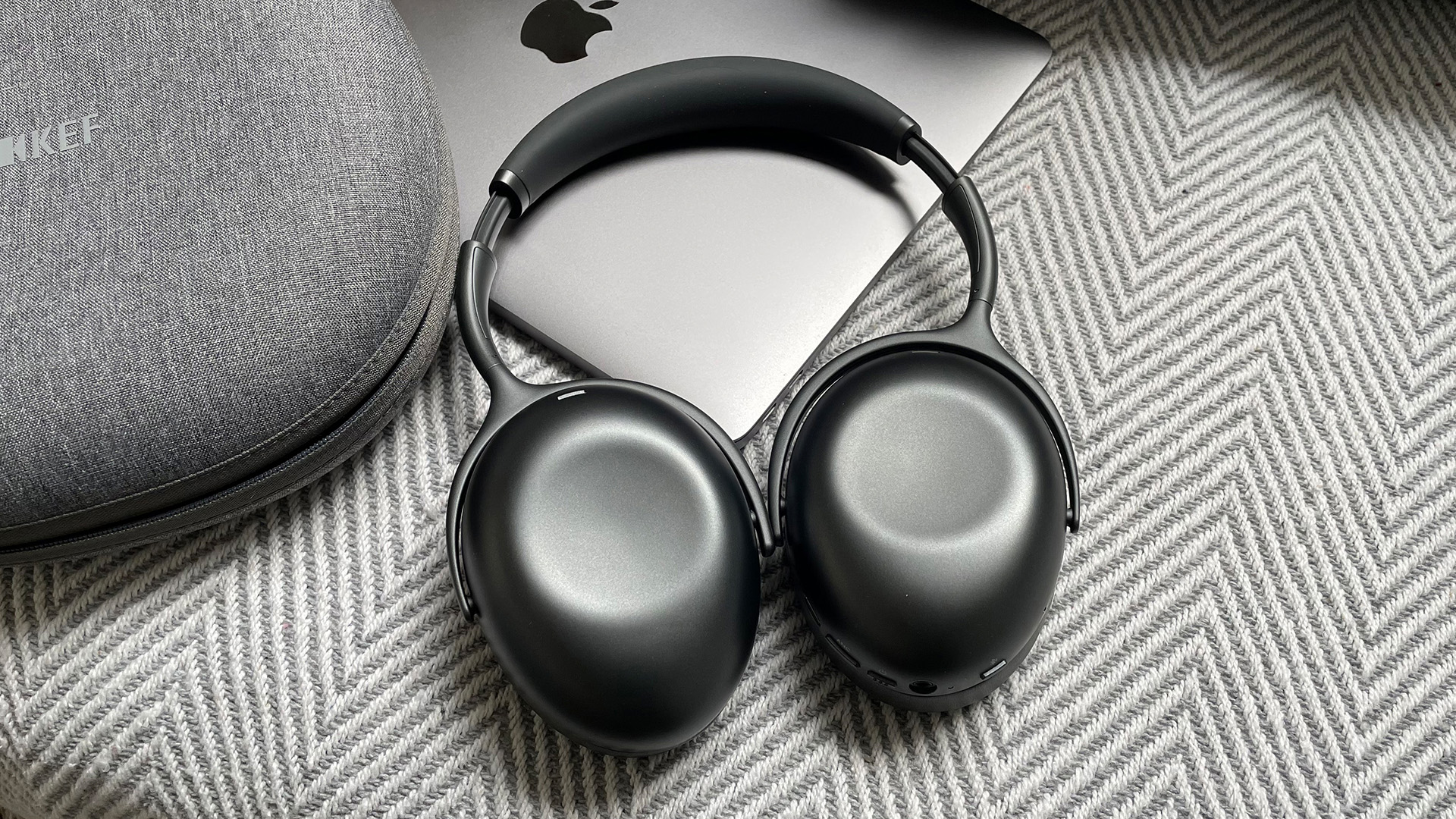
Given the competition the Mu7 are up against, it was always going to take a special performance for them to make their mark, but it’s disappointing that the KEFs sound so far behind some rivals. These headphones aren’t terrible to listen to by any stretch of the imagination, but we found them quite forgettable, which is disappointing given our recent positive experiences with the brand.
SCORES
- Sound 3
- Features 3
- Build 4
MORE:
Read our review of the Sony WH-1000XM5
Also consider the Sennheiser Momentum 4 Wireless
Best noise-cancelling headphones: top ANC headphones for every budget
What Hi-Fi?, founded in 1976, is the world's leading independent guide to buying and owning hi-fi and home entertainment products. Our comprehensive tests help you buy the very best for your money, with our advice sections giving you step-by-step information on how to get even more from your music and movies. Everything is tested by our dedicated team of in-house reviewers in our custom-built test rooms in London, Reading and Bath. Our coveted five-star rating and Awards are recognised all over the world as the ultimate seal of approval, so you can buy with absolute confidence.
